COVID 19 -Business Health Check
Is your business ready to run without Job-Keeper & Cashflow
Boost from the Government
Boost from the Government
See why people love us








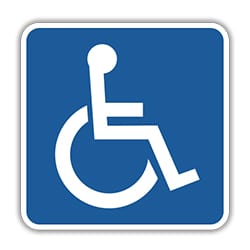




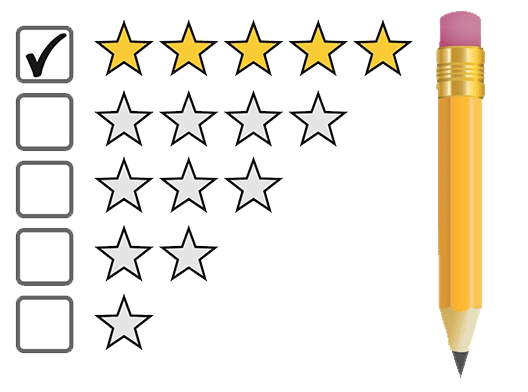
Partners and certifications
nexZen Accounting is a CPA Practice. We are fully accredited Tax Agents, Public Practice Tax Accountants, Cloud Bookkeepers and Business Advisors.
We have a dedicated Quality Control Department to lodge your documents on time and meet Quality Standards
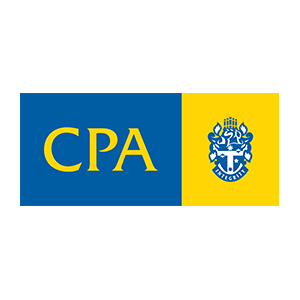
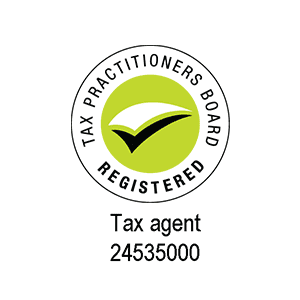
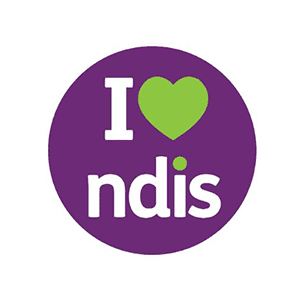
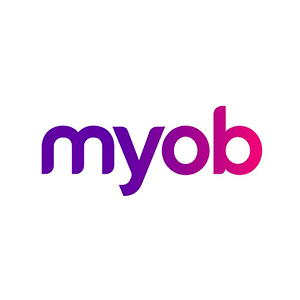

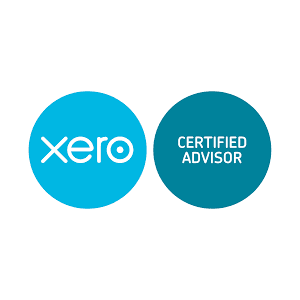
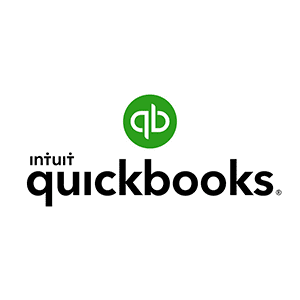
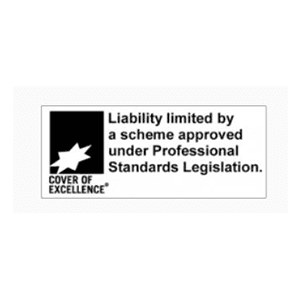
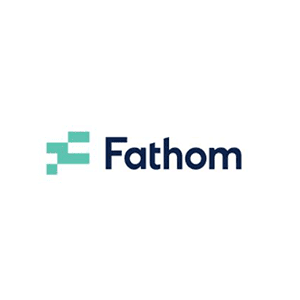
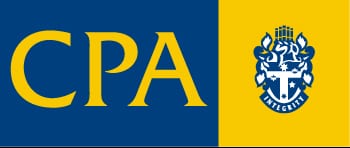

Let’s look at your “options” to escape the time-for-money trap and thrive, while having more freedom and the lifestyle you want.
This is a loser that most people are probably pretty happy about — the government is extending a task force that targets tax avoidance by multinationals, large public and private groups, trusts and wealthy individuals.
It is giving the Australian Tax Office (ATO) more than $600 million over the next three years to keep the scrutiny on those groups.
The budget forecasts the extension of the task force will make the government $2.1 billion in revenue from tax over the next four years.
In bad news for people’s pay packets, real wages are not forecast to grow until later this year at the earliest thanks to higher-than-expected inflation.
At the end of last year, Treasury predicted the inflation rate would be 2.75 per cent. The reality has ended up being around 4.25 per cent.
The budget is predicting wages will only be just higher than inflation in the next couple of years, meaning cost of living pressures are unlikely to ease any time soon.
Despite current price hikes, the budget is forecasting inflation will taper off and wages will grow faster by the middle of the decade.
Buried under the wildly exciting headline of Commonwealth’s Deregulation Agenda, is the $19.9 million spend by the Australian Bureau of Statistics to develop a new reporting application to enable businesses to submit surveys on business indicators directly through their accounting software. Excellent. Real time reporting utilising verified data on the state of Australian business. Guarantee of Origin scheme, and the development of a Biodiversity Stewardship Trading Platform to support farmers to undertake biodiversity activities ahead of the introduction of a voluntary biodiversity stewardship market.
Another $148.6m is for the development of community microgrids and just over $50m to develop gas infrastructure projects.
An additional $652.6m has been set aside to extend the ATO’s Tax Avoidance Taskforce by 2 years to 30 June 2025.
In that time, the taskforce is expected to increase receipts by $2.1bn and increase payments by $652.6m.
Just prior to the Federal Budget, the Government announced the extension of the:
|
From |
7:30pm AEDT, 29 March 2022 until 30 June 2024 |
The Government intends to provide a 120% tax deduction for expenditure incurred by small businesses on external training courses provided to employees. The deduction will be available to small business with an aggregated annual turnover of less than $50 million. External training courses will need to be provided to employees in Australia or online, and delivered by entities registered in Australia.
Some exclusions will apply, such as for in-house or on-the-job training and expenditure on external training courses for persons other than employees.
We assume there will need to be a nexus between the employee’s employment and the training program undertaken for the boost, although we are waiting on further details of this initiative to be released.
The boost for eligible expenditure incurred by 30 June 2022 will be claimed in the tax return for the following income year (that is, the 2023 tax return). The boost for eligible expenditure incurred between 1 July 2022 and 30 June 2024, will be included in the income year in which the expenditure is incurred.
|
From |
1 July 2021 |
As previously announced, work‑related COVID‑19 test expenses incurred by individuals will be made tax deductible.
Changes will also be made to ensure that FBT will not be payable by employers if they provide fringe benefits relating to COVID‑19 testing to their employees for work‑related purposes.
The changes for deductions will be effective from 1 July 2021, with the FBT changes to apply from 1 April 2021.
At this stage it is not entirely clear whether the deduction rules will cover expenses incurred where the employee is able to work from home. The initial media release indicates that the measure will cover situations where the individual has the option of working remotely, while the Budget only refers to costs of taking a COVID-19 test to attend a place of work but doesn’t specifically refer to employees who can work from home.
|
From |
1 July 2022 |
This measure has been deferred for 12 months, which means that the tax return lodgement obligation is due to commence from 1 July 2022 with the annual confirmation of ABN details to commence from 1 July 2023.
As announced prior to the Budget, the Government will commit $6.6 million for the development of IT infrastructure that will enable the ATO to share Single Touch Payroll (STP) data with State and Territory Revenue Offices on an ongoing basis.
The funding will be deployed following further consideration of which states and territories are able and willing to make investments in their own systems and administrative processes to pre-fill payroll tax returns with STP data in order to reduce compliance costs for businesses.
The measure that enables payments from certain state and territory COVID-19 business support programs to be treated as non-assessable non-exempt (NANE) income has already been extended until 30 June 2022.
The Government has announced that the following state and territory grant programs have been made eligible for this treatment since the 2021-22 MYEFO, although it is not clear whether the relevant legislative instruments have been issued as yet:
|
From |
1 January 2024 |
As announced prior to the Budget, businesses will be able to report Taxable Payments Reporting System data via their accounting software on the same lodgment cycle as their activity statements.
The measure is expected to reduce the costs of complying with the system and increase transparency.
|
From |
1 January 2024 |
As announced prior to the Budget, companies will be able to choose to have their pay as you go (PAYG) instalments calculated using current financial performance, extracted from business accounting software, with some tax adjustments.
The move is intended to ensure that instalment liabilities are aligned to the businesses cashflow. In addition, the digitisation of PAYG instalments will improve transparency and provide more accurate data on performance.
|
From |
2022-23 income year |
Normally, GST and PAYG instalment amounts are adjusted using a GDP adjustment or uplift. For the 2022-23 income year, the Government is setting this uplift factor at 2% instead of the 10% that would have applied.
The 2% uplift rate will apply to small to medium enterprises eligible to use the relevant instalment methods for instalments for the 2022-23 income year and are due after the amending legislation comes into effect:
| From | 7:30pm AEDT, 29 March 2022 until 30 June 2023 |
The temporary 50% reduction in superannuation minimum drawdown requirements for account-based pensions and similar products has been extended to 30 June 2023.
Minimum superannuation drawdown rates 2019-2023
|
Age |
Default minimum drawdown rates (%) |
Reduced rates by 50% for the 2019-20 to 2022-23 income years (%) |
|
Under 65 |
4 |
2 |
|
65-74 |
5 |
2.5 |
|
75-79 |
6 |
3 |
|
80-84 |
7 |
3.5 |
|
85-89 |
9 |
4.5 |
|
90-94 |
11 |
5.5 |
|
95 or more |
14 |
7 |
|
From |
1 July 2024 |
|
From |
1 July 2021 |
The Medicare levy low income thresholds for seniors and pensioners, families and singles will increase from 1 July 2021.
|
|
2020-21 |
2021-22 |
|---|---|---|
|
Singles |
$23,226 |
$23,365 |
|
Family threshold |
$39,167 |
$39,402 |
|
Single seniors and pensioners |
$36,705 |
$36,925 |
|
Family threshold for seniors and pensioners |
$51,094 |
$51,401 |
For each dependent child or student, the family income thresholds increase by a further $3,619 instead of the previous amount of $3,597.
The Home Guarantee Scheme guarantees part of an eligible buyer’s home loan, enabling people to buy a home with a smaller deposit and without the need for lenders mortgage insurance. The Government has extended two existing guarantees and introduced a new regional scheme.
Just prior to the Budget, the Government announced:
|
From |
April 2022 |
A one-off $250 ‘cost of living payment’ will be provided to Australian resident recipients of the following payments and concession card holders:
From | 1 July 2021 to 30 June 2022 |
The low and middle income tax offset (LMITO) currently provides a reduction in tax of up to $1,080 for individuals with a taxable income of up to $126,000.
The tax offset is triggered when a taxpayer lodges their 2021-22 tax return.
For the 2021-22, the LMITO will be increased by $420 which means that the proposed new rates for individuals are as follows:
Taxable income | Offset |
$37,000 or less | $675 |
Between $37,001 and $48,000 | $675 plus 7.5 cents for every dollar above $37,000, up to a maximum of $1,500 |
Between $48,001 and $90,000 | $1,500 |
Between $90,001 and $126,000 | $1,500 minus 3 cents for every dollar of the amount above $90,000 |
| From | 12.01am 30 March 2022 |
There are a few jokes going around social media about the price of fuel.
As widely predicted, the Government will temporarily reduce the excise and excise-equivalent customs duty rate that applies to petrol and diesel by 50% for 6 months from Budget night. That is, the current 44.2 cents per litre excise rate will reduce to 22.1 cents per litre from Budget night. However, the measure is subject to the passage of the enabling legislation so don’t expect to see a change right away.
The reduction extends to all other fuel and petroleum based products except aviation fuels.
At the conclusion of the 6 months on 28 September 2022, the excise and excise-equivalent customs duty rates revert to previous rates including any indexation that would have applied during the 6 month period.
The Australian Competition and Consumer Commission (ACCC) will monitor the price behaviour of retailers to ensure that the lower excise rate is passed on to consumers.
The measure comes at a cost of $5.6bn.